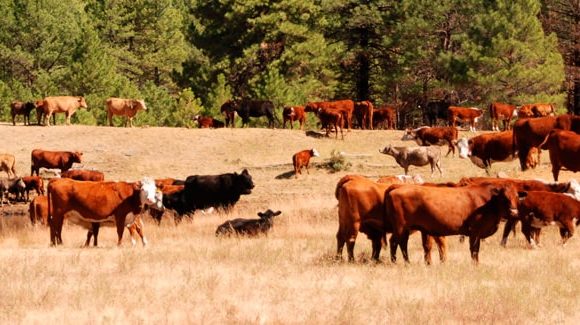One industry that continues to grow in Connecticut is the installation of photovoltaic equipment that converts sunlight to electricity.
Not all solar installations yield equal benefits. Solar panels on commercial rooftops, industrial lands and old landfills can be sustainable home runs. Unfortunately, Connecticut adopted laws and policies that encourage utility-scale solar photovoltaic facilities to be developed on farmland and forest land. Connecticut was, and still is, unprepared to guide the placement of solar facilities to minimize their environmental damage.
Laws that encourage utility-scale solar facilities should remain in place but be corrected. Drawing on hindsight and five years of other agencies’ experiences, the Council on Environmental Quality (CEQ) has identified two critical deficiencies and offers three recommendations to correct them.





